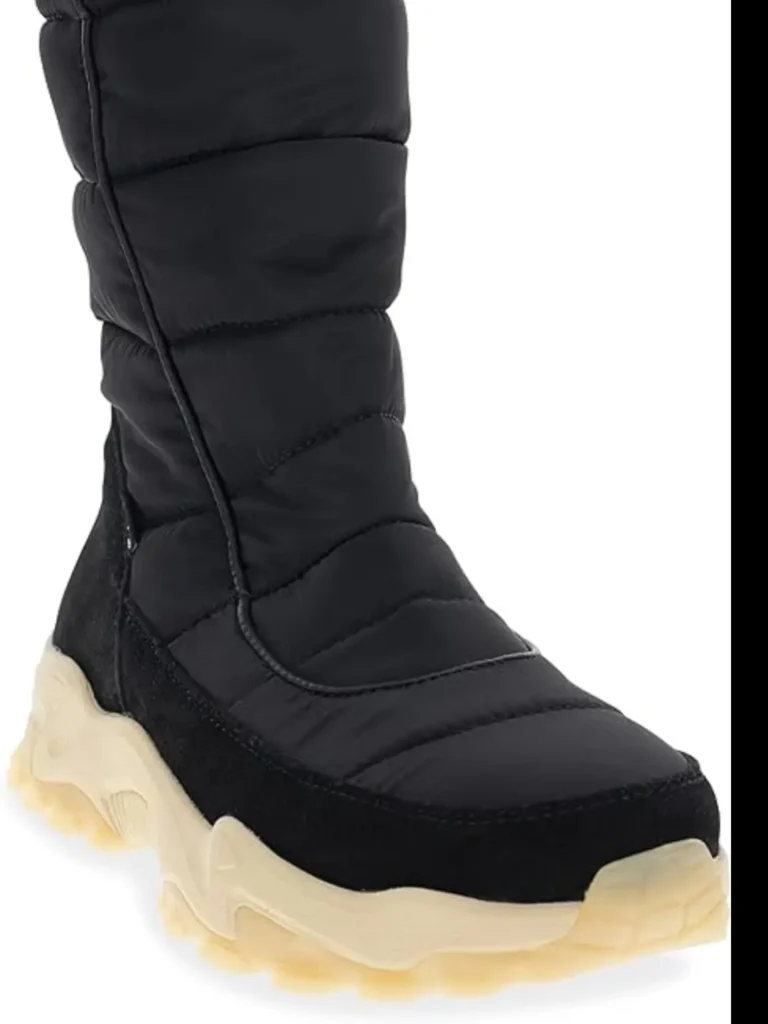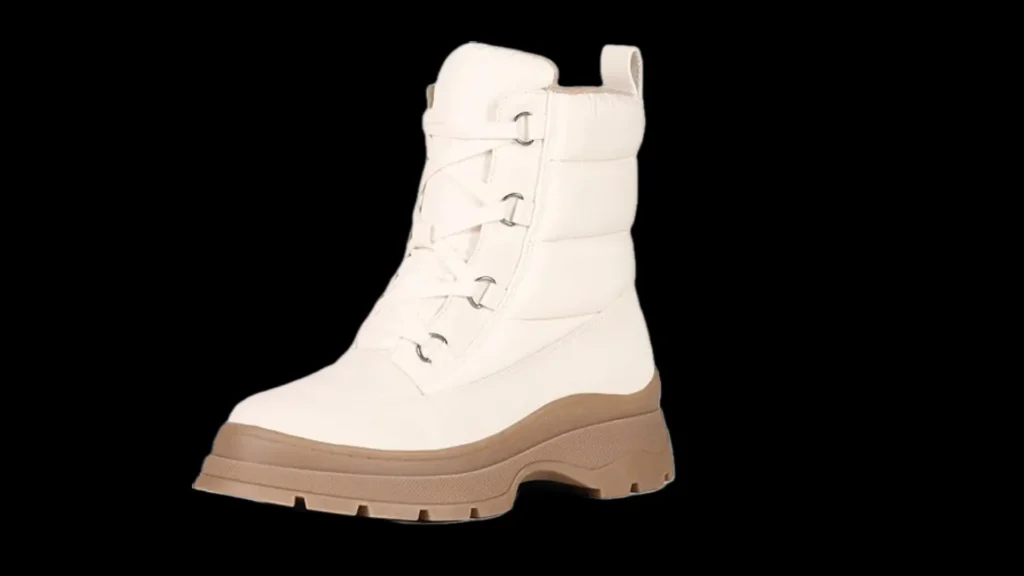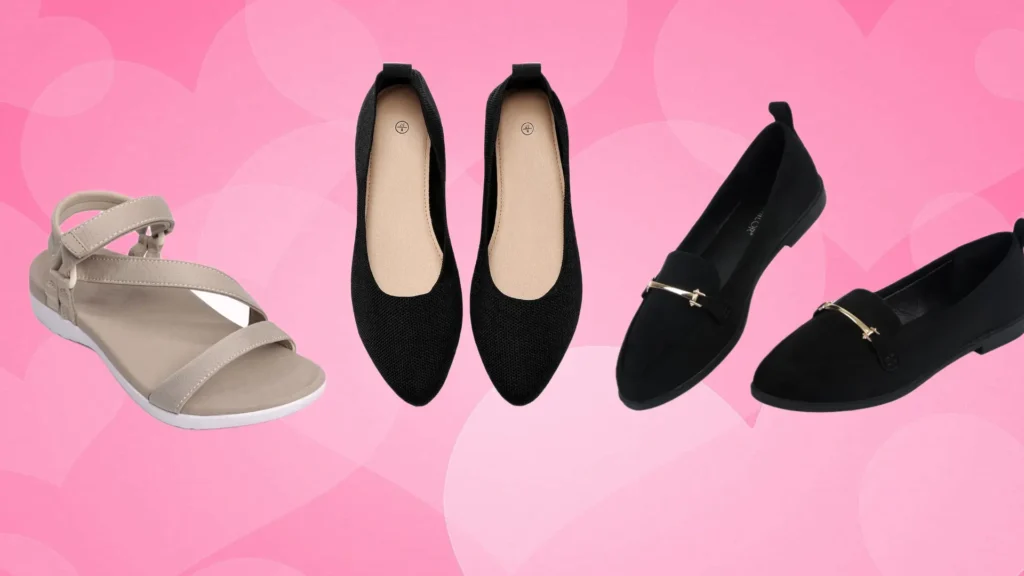Inspired by the iconic puffer jacket, puffer boots are designed to shield your feet from the biting cold. However, with so many brands, styles, and features to choose from, selecting the ideal pair can feel like a daunting task. To help you navigate this process, we’ve put together an in-depth guide on how to choose puffer boots for winter.
Understand Your Needs When Choosing Puffer Boots
Before you start shopping, take a moment to evaluate your lifestyle and the environment you’ll be facing during the winter months. This foundational step will help you narrow down your choices. This process ensures that the boots you select meet your specific requirements.
The climate in your region plays a crucial role in determining the type of puffer boots you need. Understanding the specific weather conditions you’ll face is key to making an informed decision.
If you live in sub-zero levels, prioritize boots with advanced insulation and a high warmth-to-weight ratio. Look for boots designed to handle extreme cold. Double-layered insulation, thermal linings, and heat-reflective technologies are excellent choices for retaining body heat in frigid climates.
In areas prone to heavy snowfall, waterproofing becomes non-negotiable. Boots should be constructed with materials that repel moisture and prevent accidents on slick surfaces.
For instance, deep treads and multidirectional lugs on rubber outsoles enhance traction, reducing the risk of slips and falls. Additionally, consider boots with gusseted tongues and sealed seams to block water and snow from entering.
For milder climates, lighter insulation and breathable materials may suffice. In these cases, over-insulated boots lead to overheating. Nylon and polyester blends are ideal for maintaining comfort in fluctuating temperatures.
Your planned activities during the winter months will also dictate the type of puffer boots you need. Different activities require varying levels of support, durability, and flexibility.
Look for lightweight designs for commuting, running errands, and casual outings. Cushioned insoles, flexible soles, and sleek aesthetics make these boots suitable for everyday wear.
For outdoor enthusiasts, rugged durability and superior traction are paramount. Choose boots made with reinforced materials. Deep lug patterns on the outsole provide grip on uneven surfaces, while ankle support helps prevent injuries during strenuous activities.
If you need puffer boots for work, consider dress codes and occupational safety standards.
Prioritize Insulation
Insulation is the defining characteristic of puffer boots. This feature set them apart from other types of winter footwear. Understanding how different insulation materials and features contribute to warmth retention is critical for selecting the right pair.
Many reputable brands provide temperature ratings for their boots. These ratings serve as a useful guideline when choosing boots based on expected weather conditions:
Light insulation (-10°C/14°F) is suitable for mild winters. It provides enough warmth for short durations in cool weather. These boots are designed with thinner layers of synthetic fill. They’re perfect for indoor/outdoor transitions.
Medium insulation (-20°C/-4°F) is ideal for moderate cold weather and light snow. It offers a balanced approach to warmth and mobility. These boots typically feature thicker layers of synthetic materials. They’re versatile enough for daily commutes in colder climates.
Heavy insulation (-40°C/-40°F) is designed for extreme cold and harsh conditions. This incorporates multiple layers of advanced materials to trap heat effectively. These boots include thermal linings, reflective foils, and double-layered constructions. They’re indispensable for living in sub-zero environments.
When selecting a pair, choose boots rated slightly below the lowest temperature you expect to encounter.
Material quality matters. Look for trusted brands known for their innovative materials and construction techniques.
Thinsulate is a lightweight, synthetic material that provides excellent warmth. Thinsulate™ is commonly used in puffer boots due to its ability to retain heat.
PrimaLoft is known for its water-resistant properties and compressibility. It mimics the loftiness of natural down while offering superior performance in wet conditions. Its fibers maintain warmth in all conditions.
Check for Waterproofing

Winter weather brings rain, slush, and melting snow. So waterproofing is a critical feature.
The outer shell of your boots determines their ability to repel moisture.
Nylon and polyester are frequently used in puffer boots. They offer a good balance of durability and flexibility.
Leather provides a stylish look and resist water properly. Full-grain leather is highly durable and capable of withstanding repeated exposure to moisture.
Some boots feature proprietary coatings to enhance their ability to repel water. These treatments create a barrier against moisture.
Waterproof boots should have sealed seams to prevent leaks. Look for taped or welded seams, which create a continuous barrier against water infiltration. This detail is especially important for boots exposed to heavy rain.
Many high-end puffer boots incorporate advanced membranes like Gore-Tex and eVent. These layers allow breathability while keeping moisture out. Membranes work by allowing perspiration vapor to escape.
A gusseted tongue (a piece of fabric connecting the tongue to the upper part of the boot) helps block water and debris from entering the boot. This feature enhances overall waterproof capabilities and prevents irritation caused by snow or slush seeping in.
A waterproof boot isn’t complete without a sturdy sole that provides grip on slippery surfaces. Look for rubber outsoles with deep treads and multidirectional lugs for optimal traction. These designs improve stability on ice, snow, and wet pavement.
Focus on Comfort and Fit
Comfort is non-negotiable when it comes to puffer boots. If you plan to wear thick wool or thermal socks, consider sizing up to accommodate the extra bulk. Ensure there’s enough room in the toe box to wiggle your toes. Your heel should sit snugly in the boot without slipping or rubbing.
Look for boots with padded insoles. Memory foam provide extra cushioning for all-day comfort.
Overly bulky boots feel cumbersome. Opt for a design that balances insulation with flexibility and ease of movement. Lightweight materials and ergonomic construction make a significant difference.
Consider Style and Durability
Puffer boots come in various designs, from sleek and minimalist to bold and statement-making. Think about how you’ll style them with your wardrobe and whether they complement your personal aesthetic.
Neutral tones like black, gray, and beige offer versatility and pair easily with most outfits. Brighter colors add a pop of personality to your winter ensemble.
Knee-high styles provide extra warmth and coverage. They are ideal for extremely cold conditions.Mid-calf designs strike a balance between warmth and mobility. Ankle-length boots offer greater versatility for layering with pants, jeans, and skirts.
Faux fur trims, metallic accents, and quilted stitching elevate the aesthetic appeal of your boots. Consider whether these details align with your personal style.
Puffer boots endure harsh conditions in winter. So durability is essential. Examine the construction quality to ensure your investment lasts multiple seasons.
Reinforced stitching and robust materials indicate longevity. Avoid boots with flimsy zippers, loose threads, and thin fabrics.
Rubber outsoles with deep treads offer superior traction and resist wear and tear. Check for abrasion-resistant compounds that enhance durability.
Choosing the right puffer boots for winter involves balancing warmth, functionality, and style. By understanding your needs, you can find a pair that keeps your feet cozy all season long.




